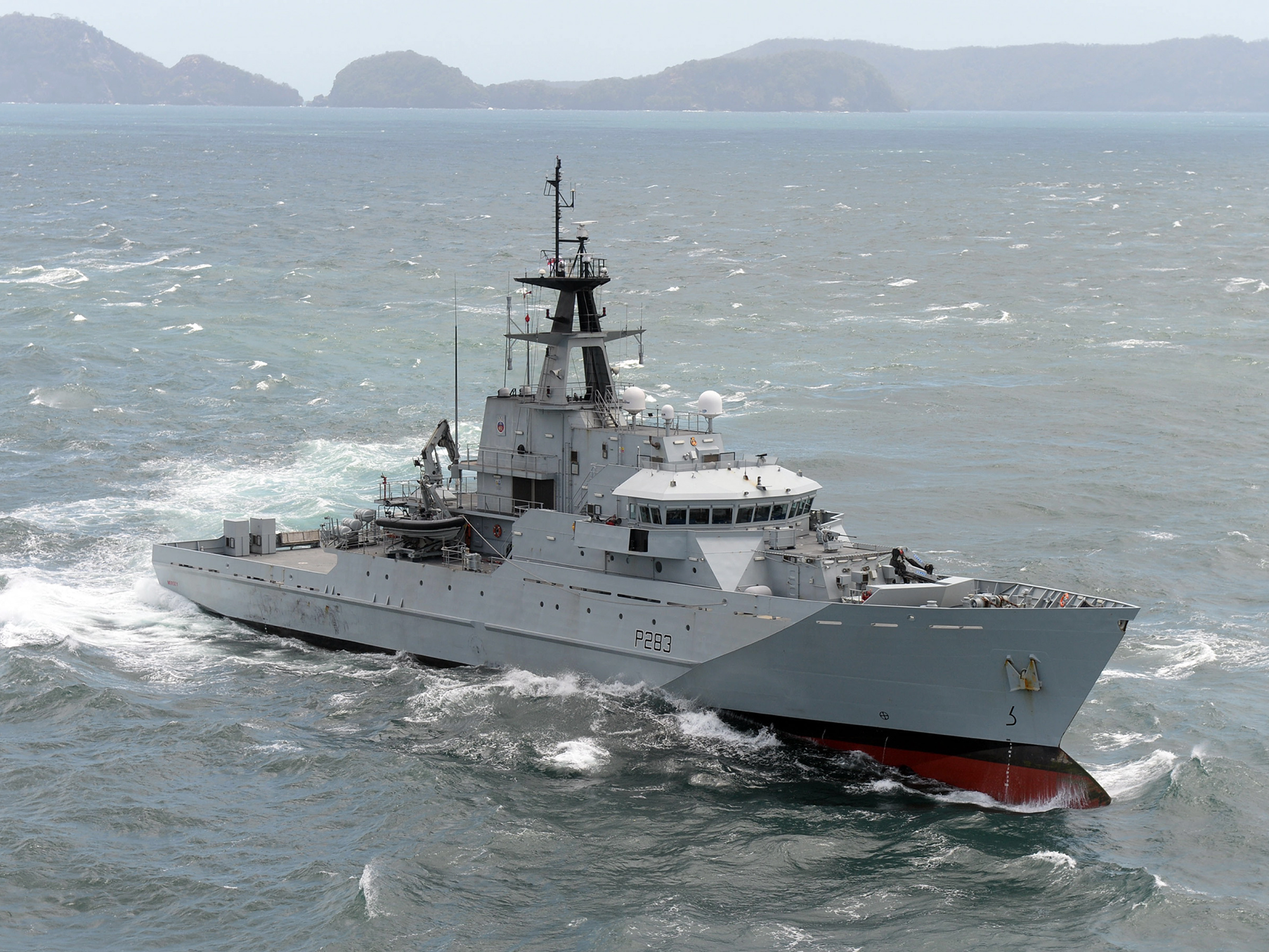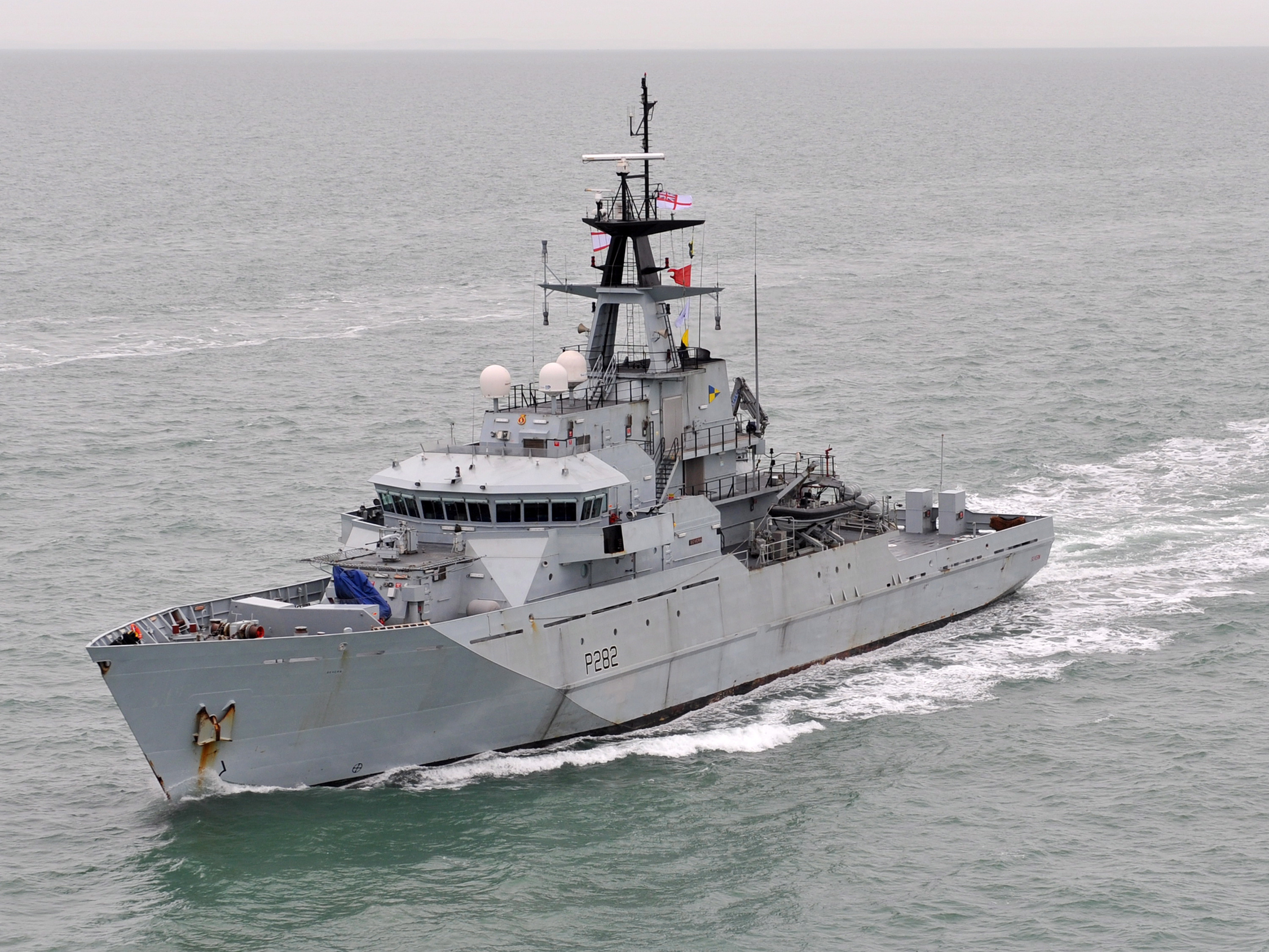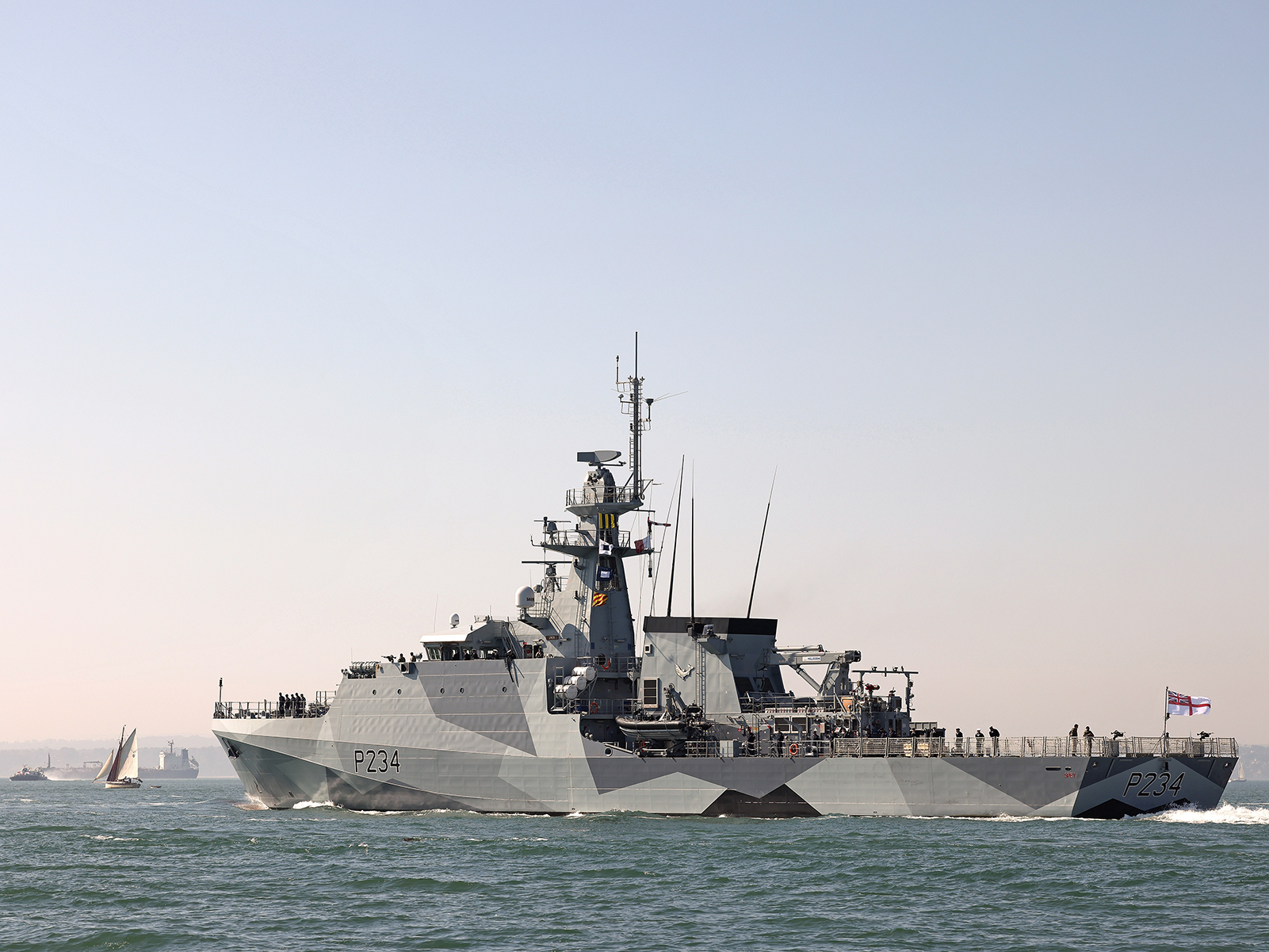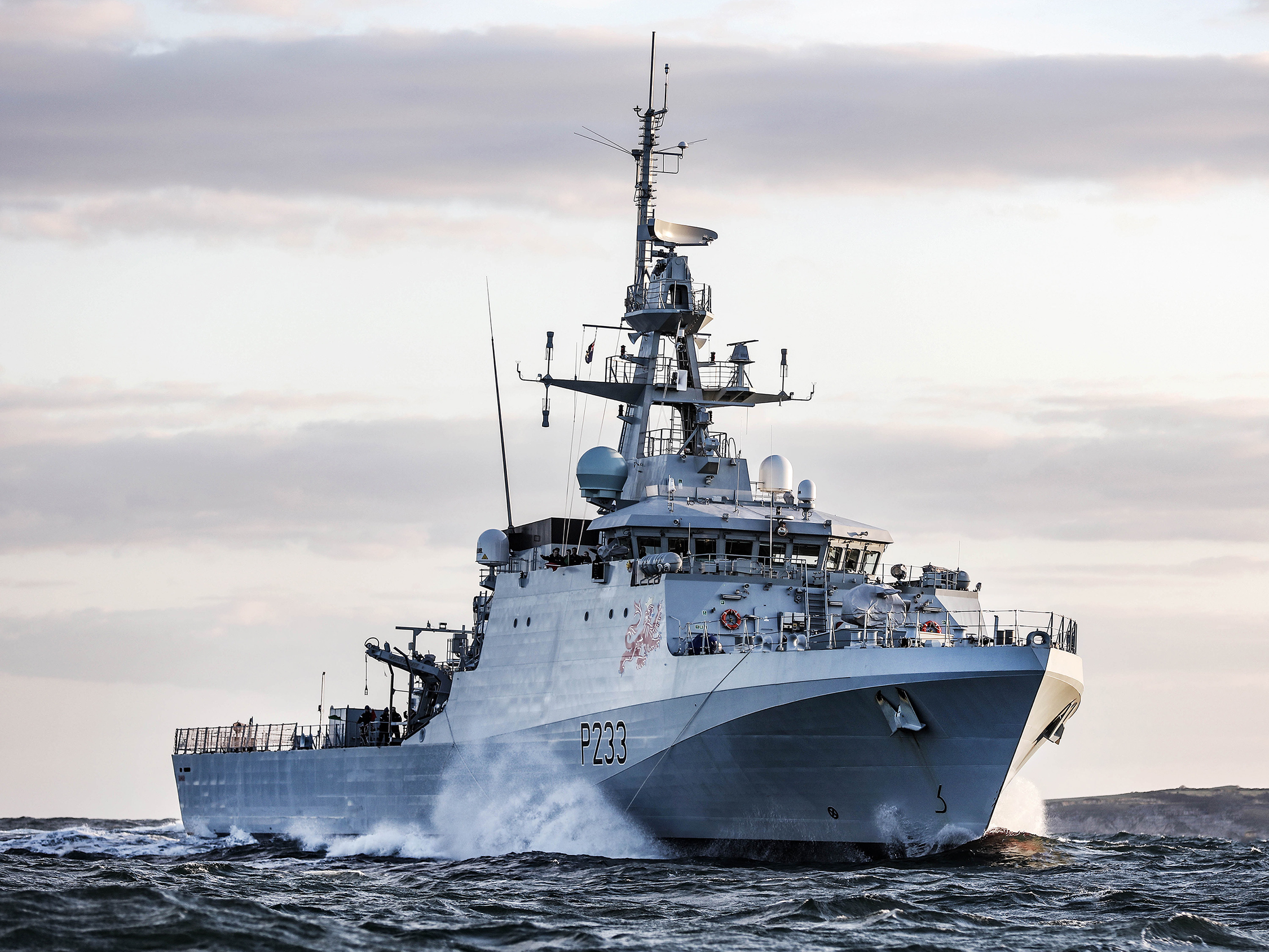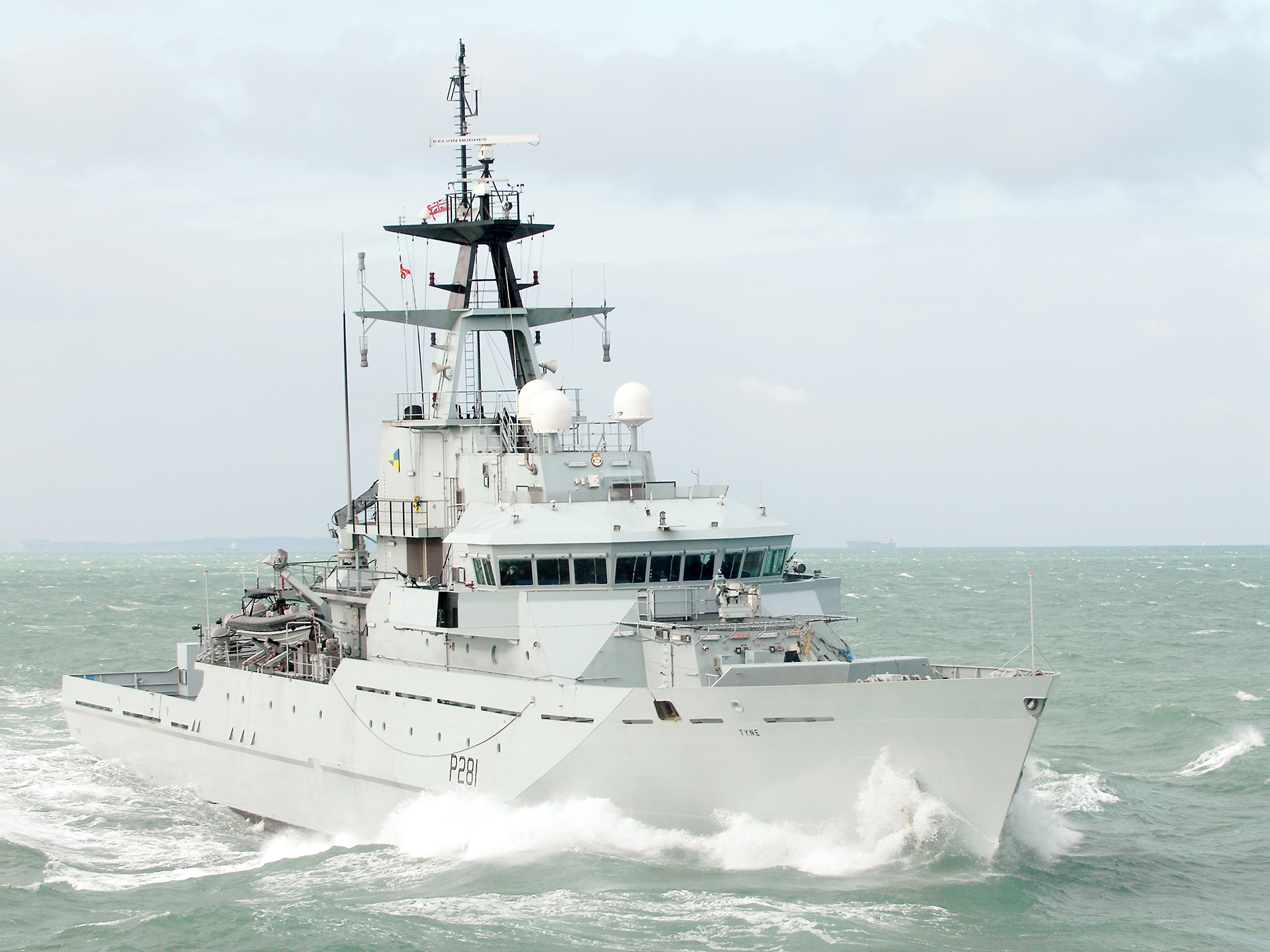Royal Navy River Class Patrol Vessels: A Comprehensive Guide
Introduction
The River class patrol vessels are modern offshore patrol ships operated by the Royal Navy for fisheries protection, border enforcement, maritime security, and overseas presence missions. Built in two main batches since the early 2000s, these ships are a key part of the Royal Navy’s constabulary and global engagement role, operating both in UK waters and on long deployments abroad.
Origins and Design Development
The original River class was introduced to replace the ageing Island class patrol vessels and provide the UK with a modern, efficient platform for domestic maritime security. Built by VT Group (later BAE Systems), the Batch 1 ships were optimised for fishery protection and patrol duties around the UK Exclusive Economic Zone (EEZ).
In the mid-2010s, the Royal Navy ordered five Batch 2 River class ships, which were larger and more capable. These ships extended the class’s range, endurance, and mission set to include counter-piracy, anti-smuggling, humanitarian assistance, and international presence patrols.
Although not heavily armed, the River class is designed to operate economically and persistently, freeing up more complex warships for frontline duties.
Design and Technical Features
BATCH 1 (HMS TYNE, MERSEY, SEVERN)
Displacement: Approx. 1,700 tonnes
Length: 79.5 metres
Propulsion: 2 × diesel engines, 20 knots top speed
Range: 5,500 nautical miles at 12 knots
Armament: 1 × 20mm cannon, machine guns
Crew: Around 30, with accommodation for up to 50
Role: UK waters patrol, fishery protection
BATCH 2 (FORTH, MEDWAY, TRENT, TAMAR, SPEY)
Displacement: Approx. 2,000 tonnes
Length: 90.5 metres
Propulsion: 2 × MAN diesel engines, 24 knots top speed
Range: 5,500+ nautical miles at 12 knots
Armament: 1 × 30mm cannon, machine guns
Helicopter deck: Capable of landing a Merlin or Wildcat (no hangar)
Mission bay and crane for humanitarian and logistic operations
Crew: 34, with space for up to 60
Service and Operations
The River class vessels have had an active and diverse service life.
Batch 1 ships patrol UK waters enforcing fisheries and maritime laws, supporting border agencies and environmental operations.
Batch 2 ships are forward deployed across the globe, including the Falkland Islands, Caribbean, Mediterranean, and Indo-Pacific.
HMS Trent has been permanently based in Gibraltar, supporting NATO operations in the Med and West Africa.
HMS Tamar and HMS Spey were deployed to the Indo-Pacific region in 2021 as part of the UK's global maritime strategy.
HMS Medway has operated in the Caribbean, supporting disaster relief and counter-narcotics efforts.
The Batch 2 vessels routinely conduct diplomatic port visits, joint exercises, and maritime presence missions.
Summary – At a Glance
| Ship |
Commissioned |
Batch |
Notable Service Highlights |
In active service |
|
HMS Tyne (P281) |
2003 | Batch 1 |
Fishery protection, UK EEZ patrols |
In active service |
|
HMS Mersey (P283) |
2003 | Batch 1 |
Border enforcement, Channel patrols |
In active service |
|
HMS Severn (P282) |
2003 | Batch 1 |
Fishery patrols, recommissioned 2017 |
In active service |
|
HMS Forth (P222) |
2018 | Batch 2 |
Falkland Islands patrol vessel |
Forward deployed |
|
HMS Medway (P223) |
2019 | Batch 2 |
Caribbean deployments, counter-narcotics ops |
Forward deployed |
|
HMS Trent (P224) |
2020 | Batch 2 |
Gibraltar-based NATO presence, West Africa ops |
Forward deployed |
|
HMS Tamar (P233) |
2020 | Batch 2 |
Indo-Pacific deployment, multinational exercises |
Forward deployed |
|
HMS Spey (P234) |
2021 | Batch 2 |
Indo-Pacific patrol, humanitarian assistance |
Forward deployed |
Conclusion
The River class patrol vessels have proven themselves versatile, reliable, and cost-effective. From domestic fishery patrols to global maritime engagement, they allow the Royal Navy to maintain presence, uphold international law, and support global operations without tying up larger warships. With their long deployments, international reach and growing relevance in a changing world, the River class continues to play a vital role in modern Royal Navy operations.


